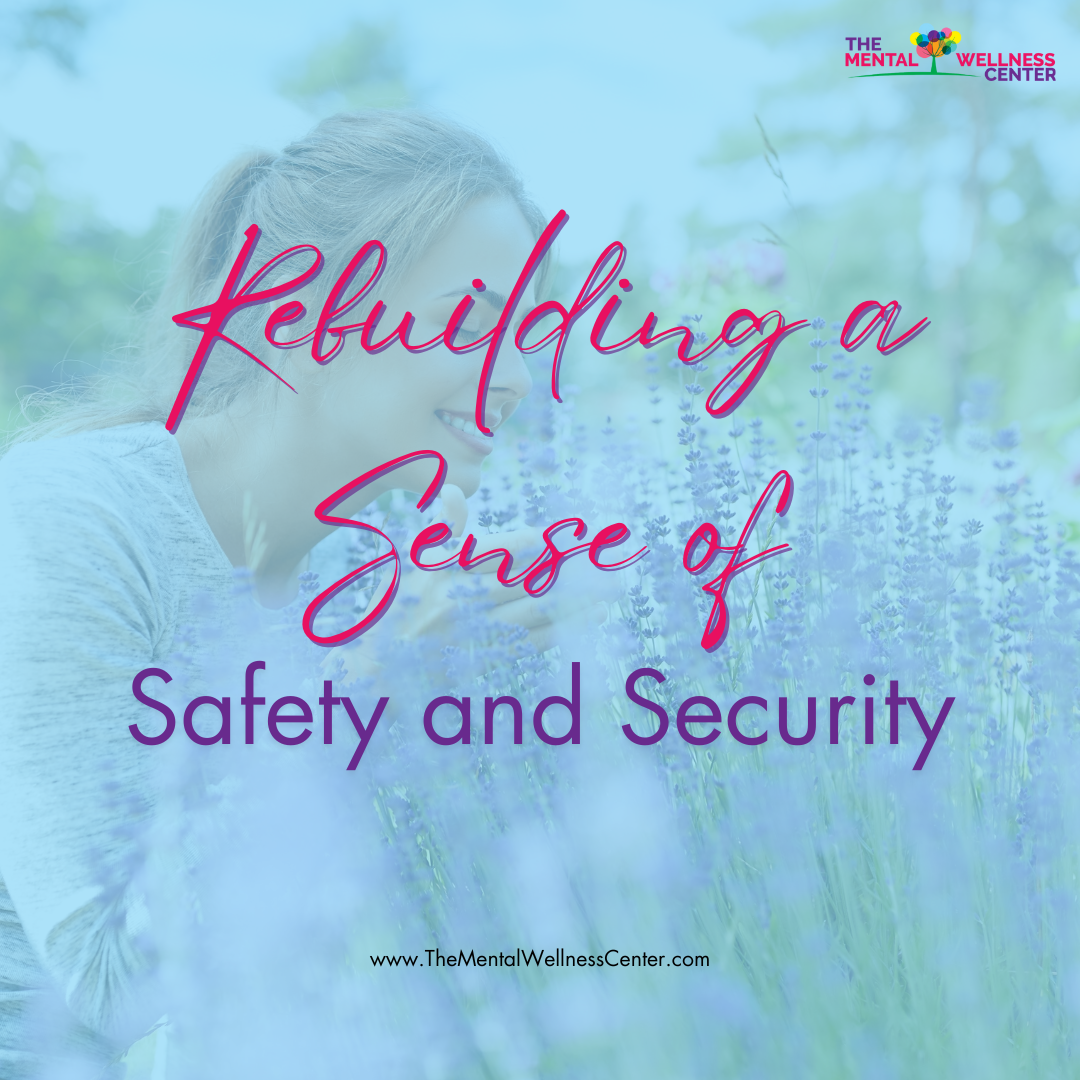Rebuilding a Sense of Safety and Security
When we experience traumatic events, endure unhealthy relationships, or go through other high-stress life moments, it’s not uncommon to continue feeling anxious and hyper-vigilant. In fact, it’s in our nature. Our brains and bodies are doing exactly what they’re designed to do: keep us safe. After distressing experiences, the nervous system often stays alert, scanning for future threats even when we’re no longer in danger. While this survival strategy can be protective, it may linger and eventually interfere with our ability to feel secure in ourselves and in our relationships.
The good news is that just as our brains are wired for protection and survival, they’re also capable of healing. When our nervous system signals that we are unsafe, we can learn to pause, assess, and gently remind ourselves that it's okay to soften and feel safe again.
Rebuilding a sense of safety begins with reconnection—reconnection to ourselves, to others, and to the present moment. This happens through increasing self-awareness, understanding our triggers and responses, expanding our capacity to navigate relationships, and developing tools for regulation and self-care.
The first step in healing from trauma is developing a deeper understanding of how our minds and bodies are responding to it. We begin by identifying triggers—people, places, conversations, sensations, or situations—that activate our body’s survival response. This awareness often starts by tuning into the somatic symptoms we experience, such as a racing heart, shallow breathing, or tightness in the chest. These are our body’s way of expressing what we feel.
Practices like body scans can help us notice what’s happening internally. A body scan involves slowly bringing attention to each part of the body, from the top of the head to the tips of the toes, observing any sensations without judgment. This gentle curiosity helps us reconnect with ourselves in a safe and grounded way.
Understanding how our body reacts also helps us recognize what we need during moments of stress or overwhelm. Learning how to express our needs and set boundaries increases our confidence and resilience in relationships. Boldly stating our needs and holding boundaries is not only an act of self-respect but also essential for building healthy connections. Exploring communication strategies and practicing these skills can make those conversations feel more manageable.
Building trust often begins within. What might it look like to honor your feelings and meet your own needs with consistency and care? How might your life change if you showed up for yourself the way you do for others? As you cultivate a trusting relationship with yourself, you can begin to extend that trust outward—to people who feel safe, supportive, and consistent.
Reclaiming safety can be challenging at times. That’s why it’s essential to build tools that help you feel grounded, calm, and soothed. Mindfulness, meditation, grounding exercises, and movement practices can expand your body’s capacity to feel present and secure. And part of caring for yourself is simply making space for joy and comfort—walking with friends, engaging in creativity, listening to music, starting a new hobby—whatever brings you peace.
While rebuilding safety and security starts within, it doesn't mean you have to do it alone.
Reaching out for support is an act of courage, not weakness. Therapy can provide a safe, nurturing environment where healing and growth can truly take root. If this feels like the right next step, we invite you to explore our list of providers here.
If you are ready to take the leap and begin healing your trauma in a group setting, please check out this information.

